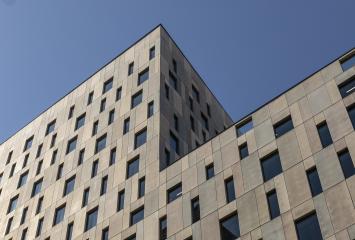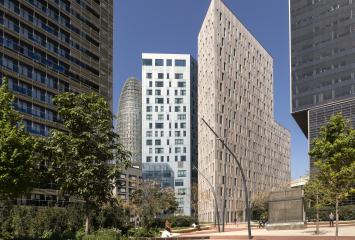Using Architecture to Strengthen the Sense of Belonging at Work
The workplace is much more than just a place to work: it reflects the company culture and serves as a key tool for enhancing employee experience and fostering a sense of belonging among teams. In a context where people increasingly value being part of something meaningful, office design and architecture have gained strategic importance in human resources policies.
According to the latest trends in people management, the sense of belonging has become one of the main challenges for organizations by 2025. The shared goal among many companies is to organize the physical space in a way that supports, represents, and facilitates the lives of those who occupy it.
Conveying an Identity
While a sense of belonging can be nurtured, it can also arise more naturally when individuals are part of a space and a mission. Knowing that what you do has an impact, that you're contributing to a common goal, and that there is a shared identity can strengthen that bond. The space itself plays a role in this: from layout to materials, signage, colors, or visual messages that flow through common areas.
Intentional design can turn an office into a natural extension of the brand. And, above all, into a meeting point for people—one that helps them connect not only with their tasks but also with the company’s values and their team.
Spaces to Share and Create
Common areas are no longer just transition zones. They are places where ideas are exchanged, synergies are created, and relationships are built. From terraces to auditoriums, dining areas, or well-integrated lobbies, any layout that considers people and their experience will encourage positive interaction with the space and the company, fostering more human and genuine moments.
Moreover, the ability to personalize certain spaces or provide areas that can adapt to each company’s culture—from quiet zones to more open and interactive ones—reinforces team engagement. When people feel that their environment responds to their needs and reflects who they are as a community, the bond is strengthened.
In short, when the workspace reflects who we are and how we work, the sense of belonging is no longer just a goal—it becomes a daily experience.

